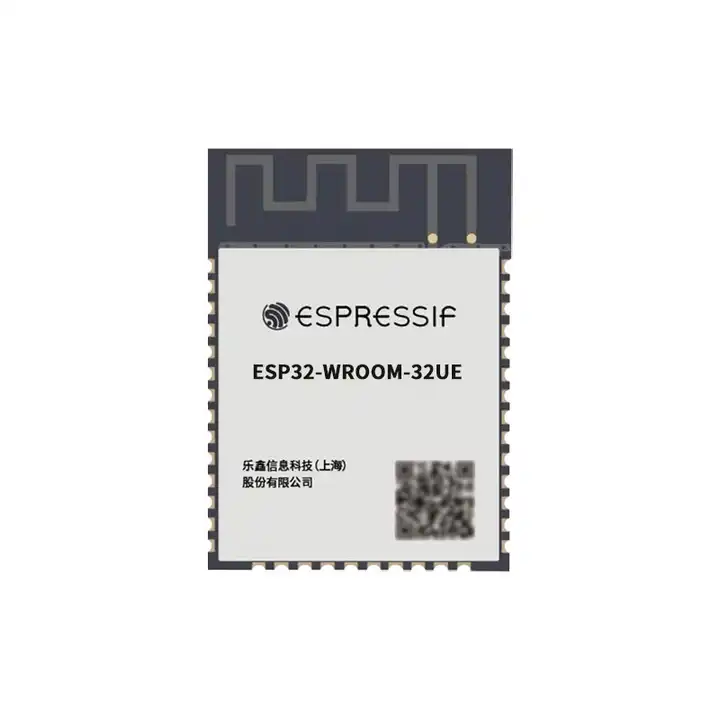As the Internet of Things (IoT) continues to grow, the need for effective communication between devices is more critical than ever. Choosing the right IoT module is essential for ensuring seamless connectivity, whether you’re building a smart home system, an industrial application, or any other IoT project. Wi-Fi, Bluetooth, and cellular IoT modules are the most commonly used options, but each has its own set of advantages and drawbacks. In this blog post, we’ll explore the key differences between these modules to help you make an informed decision.

Overview
Wi-Fi IoT modules are popular due to their ability to provide high-speed internet access. These modules are ideal for applications that require large data transfers or constant internet connectivity, such as smart home devices, video surveillance systems, and more.
Advantages
Drawbacks
Overview
Bluetooth IoT modules are designed for short-range communication. They are commonly used in applications like wearable devices, smart home gadgets, and health monitoring systems where low power consumption and close proximity communication are key.
Advantages
Drawbacks
Overview
Cellular IoT modules enable devices to connect to the internet via mobile networks. These modules are ideal for applications that require wide-area coverage and mobility, such as asset tracking, smart agriculture, and remote monitoring systems.
Advantages
Drawbacks
When selecting an IoT module, consider the specific requirements of your application. If your project involves high data transfer and you have access to a stable Wi-Fi network, a Wi-Fi IoT module might be the best choice. For short-range communication with minimal power usage, Bluetooth IoT modules are ideal. On the other hand, if you need wide-area coverage and mobility, cellular IoT modules are the way to go.
At Trolink IoT, you can find a range of high-quality IoT modules that cater to various applications. Whether you’re looking for Wi-Fi, Bluetooth, or cellular modules, Trolink offers reliable products to help you build your next IoT project with confidence.
Choosing the right IoT module is critical to the success of your IoT project. By understanding the differences between Wi-Fi, Bluetooth, and cellular IoT modules, you can make an informed decision that aligns with your project's needs and goals.
 Trolink Joint With Tuya to Make Iot Benefit Every Family
Trolink Joint With Tuya to Make Iot Benefit Every Family
 5 Key Indicators for WiFi Module Selection You Have to Know !
5 Key Indicators for WiFi Module Selection You Have to Know !
 IOT module is the brain of smart products
IOT module is the brain of smart products
 What is the signal coverage range of the WiFi module chip?
What is the signal coverage range of the WiFi module chip?